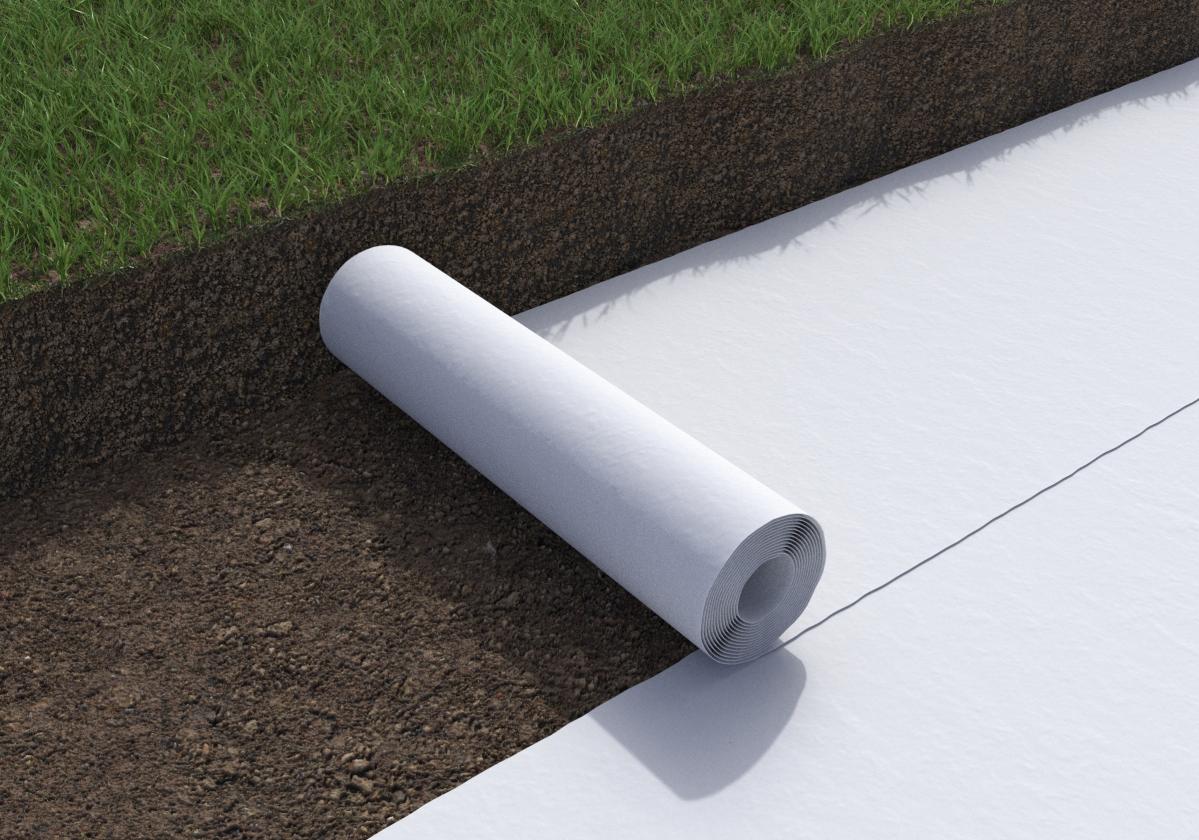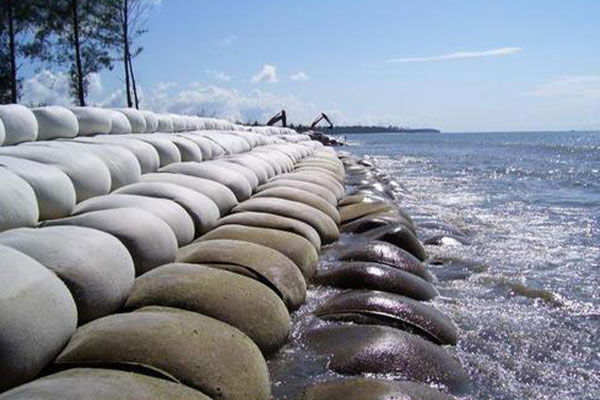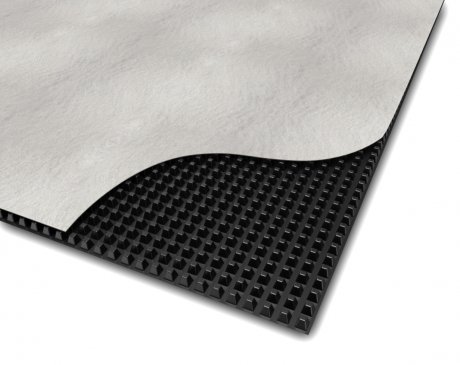- walltagadmin
- November 21, 2023
- Blog
Choosing the Right Geotextile Fabric: A Comprehensive Buyers Guide
Geotextile fabrics are essential elements in the construction sector. From building roads to landscaping, these materials have a huge impact on the success and durability of numerous projects. Let’s take a look at how crucial it is to choose the proper geotextile fabric for your building projects.
Importance of Selecting the Appropriate Geotextile Fabric
Understanding why selecting the appropriate geotextile is so necessary for building projects is essential before we get into the specifics of geotextile fabric selection. When in contact with soil, rock, or other geotechnical materials, geotextiles are engineered fabrics that are created to carry out a range of tasks. They consist of filtration, drainage, reinforcing, and erosion control. Choosing the right geotextile is important for the reasons listed below;
- Enhanced structural integrity
By adding reinforcement, geotextiles help the soil become more solid and resilient to heavy loads. The geotextile helps distribute the weight evenly and prevents soil erosion in applications like road building, where this reinforcement is crucial.
- Improved Drainage
Proper drainage is crucial to avoid water buildup that could erode a structure’s foundation.The ideal permeability characteristics of geotextiles can help with efficient water drainage while preventing soil erosion.
- Soil separation and filtration
In order to keep fine particles from blending with coarser materials, geotextiles serve as a barrier. This capacity to separate and filter is beneficial in applications like retaining walls because it stops soil from seeping into drainage systems.
- Erosion control
Geotextiles can be used in landscaping and slope stabilization projects to reduce erosion by stabilizing the soil and encouraging plant growth.
- Extended lifespan
The lifespan of your building project can be greatly increased by selecting the appropriate geotextile fabric. It may prevent issues like soil settlement, rutting, and cracking, which will eventually result in lower maintenance and repair expenses.
Identifying Project Requirements
Your ability to tailor the geotextile fabric to the specific needs of the project will determine how well your construction project turns out. You must first decide what those needs are in order to accomplish this effectively. Consider the following inquiries:
- Project purpose
You must first determine the geotextile’s principal role in your project. Is it for filtration, drainage, erosion control, or reinforcement? Different geotextiles are needed for different purposes.
- Soil conditions
It’s critical to comprehend the soil properties of the construction location. Your choice of geotextile will depend on variables such as soil type, moisture content, and compaction.
- Loads applied to the geotextile
Take into account the loads that will be put on the geotextile. Geotextiles, for instance, must bear the weight of automobiles when used in road building. Verify that the geotextile you select can withstand the anticipated loads.
- Chemical resistance
Geotextiles may occasionally be subjected to pollutants or chemicals. If you’re worried about this for your project, pick a geotextile with the right chemical resistance qualities.
- Expected design life
Take into account the required duration of your project. Choose a geotextile whose lifetime needs to match your project because they range in longevity.
- Environmental conditions
Geotextile performance may be impacted by environmental variables such as temperature swings, UV exposure, and freeze-thaw cycles. Verify that the geotextile you choose can survive the environmental factors at your site.
Geotextile Selection Factors
Numerous important criteria must be taken into account when choosing the ideal geotextile.
- Strength and durability
A geotextile’s strength is essential, especially in applications where reinforcing is required. Look for geotextiles that can handle the anticipated loads and environmental conditions by having sufficient tensile strength and puncture resistance.
- Permeability
The ability of a geotextile to hold soil particles while allowing water to move through is referred to as permeability. The permeability of the geotextile should correspond to the project’s drainage needs.
- Design life and longevity
When selecting a geotextile, take into account the anticipated project lifespan and match the design life to that lifespan. Although more expensive initially, geotextiles with a longer lifespan can ultimately save you money on maintenance and replacement expenditures.
- Compatibility with soils and aggregates
Make sure the geotextile is appropriate for the particular soils and aggregates that are being utilized in your project. Some geotextiles may degrade when exposed to particular soil types due to chemical reactions.
- Industry standards and regulations
Ensure that the geotextile complies with all applicable rules and requirements for your type of project. The geotextile will perform as anticipated and in accordance with safety regulations if compliance is maintained.
- Cost-effectiveness and budget considerations
While choosing a high-quality geotextile is important, you should also take your project budget into account. Achieve a balance between your requirements and affordable choices that match your performance standards.
Wall Tag Geotextiles: Elevating the Quality of Your Construction Projects
Selecting the proper geotextile fabric is an important choice that can have significant effects on how well your construction projects turn out. If you’re looking for trustworthy and high-quality geotextiles, Wall Tag is the ideal place. Wall Tag offers geogrid geotextile materials that satisfy all your project requirements with a dedication to excellence and adherence to industry best practices. Choose Wall Tag geotextiles and take your construction projects to new heights.




